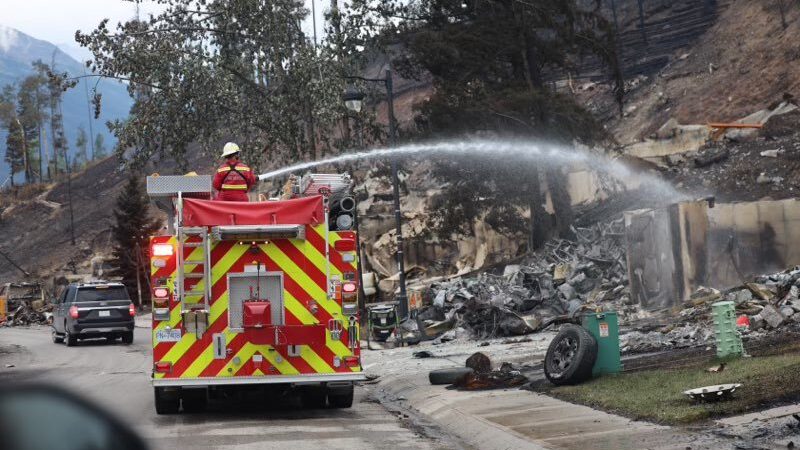Where does the term two-spirit come from in 2SLGBTQ+?
Posted Jun 22, 2022 11:44 am.
It’s a new term for an old idea, and a way of connecting tradition with today. But where exactly does the term two-spirit – in the acronym 2SLGBTQ+ – come from?
Dr. Percy Lezard, a two-spirit academic, says it emerged as part of the struggle to express both Indigeneity and gender diversity.
At a Winnipeg conference in 1990, the term was developed as a way to encompass the various gender expressions found in Indigenous North American cultures.
“Due to the lack of an intersectional analysis, people weren’t accepted because of their First Nation, Inuit, Metis, Afro-Indigenous, Black Indigenous identities,” said Lezard, a professor of Indigenous studies at Wilfrid Laurier University. “And settler queer folks expelled them. So another layer of displacement.
“Who were we? What were the words in our languages? There’s a movement, finding out cultural-specific, land-specific words in their own languages, for who they are.”
RELATED:
- 2SLGBTQ+ advocates call out ‘rainbow washing’ by corporate allies
- Healthcare issues for 2sLGBTQ+ community worsened by pandemic
Lezard says gender in pre-contact Indigenous society wasn’t always binary. Among the hundreds of unique North American Indigenous cultures, people with both female and male qualities appear again and again.
For example, Blake Desjarlais – a two-spirit MP for Edmonton Griesbach – is Cree, and the words his people use for third genders aren’t the same as Lezard’s.
“It’s a large term, used by many groups,” said Desjarlais. “In the Cree tradition, for example, we would use the term ‘test-oh-ween-oh-wahk’, which means the people who are in between.”
“I identify as stemya, which in my language is a way to say I’m two-spirit,” added Lezard. “And meninchiks, which means I’m gender diverse. I don’t identify as a man or a woman, but I’m non-binary, which is part of the trans spectrum.”
And that’s a common misconception Lezard and Desjarlais want to clear up. Just because someone is two-spirit doesn’t mean they’re trans. And someone who is trans and Indigenous is not necessarily two-spirit.
While people of any culture can be transgender, being two-spirit is intrinsically an expression of Indigenous spirituality and rooting in community.
“The kinship part is very important,” said Desjarlais. “For example, me and you are related. And two-spirit people, we can help understand how we’re related. We’re related far more than people assume. They say, ‘oh who’s your parents, who’s your grandparents?’ No, we’re related in a much deeper sense. We’re here at this time, at this place. We’re connected by the land physically. Me and you are connected. Like we’re connected with others. And members of interconnected communities have roles.”
The prominence of two-spirit people in communities is now being seen on a national scale, as two-spirit people are emerging in art, culture, music, and politics. It’s something Desjarlais says is needed more than ever.
“Those roles still persist, and the need for healers, the need for teachers, the need for diplomats, the need for great chiefs are still something we need because our people are not going anywhere,” said Desjarlais. “We’re still here and we’re proud to be here.
“Two-spirit people are re-finding what it means to be two-spirit in a modern, 21st century.”
—With files from CityNews reporter Xiaoli Li.








